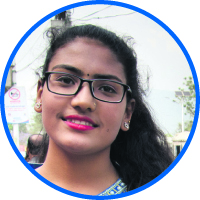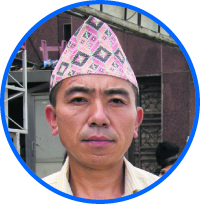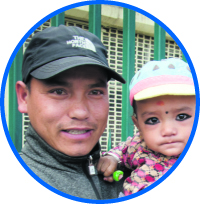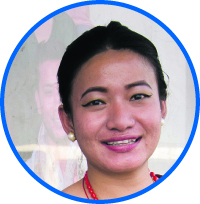Public transport within the valley is crowded and difficult owing to the fact that the city in recent days has turned into ‘Dustmandu’. With municipality offices pushing the Melamchi Drinking Water project and road expansion projects—few of them are ill-planned because workmen dig holes on the roads soon after construction—roads around the city now have extensive potholes which certainly affects the quality of public ride. Furthermore, drivers oftentimes seem resolved into pushing as many people through their doors as possible thus making the journey suffocating, if not dehumanizing.

Transport entrepreneurs charging passengers exorbitant fares

Getting on public transport is getting increasingly difficult. People hop into public vehicles even after all the seats have been occupied. Because of the limited number of vehicles, commuters are required to wait for hours at the bus stop. A definite way to improve public transport in Kathmandu would be by making it mandatory for tempo and bus drivers to stick to their specified routine.
Sharmila Ghimire is a 17-year-old management student who regularly commutes via tempos to Siddhipur.

I regularly travel to Shantinagar. Today I am going to Nakkhibot, I have already waited for 10 minutes and there aren’t any buses. I see so many people rushing to get into microbuses without letting passengers inside get out. I don’t understand why people have to rush–we reach our destination regardless. Such violence overwhelms handicapped and weak citizens. Another issue I have with public transport is that I see comparatively ‘healthy youth’ occupying seats reserved for elderly and handicapped people that makes it difficult for people in this bracket to use public transport.
Sharan Rai is a 39-year-old chef in Shantinagar,
Kathmandu.

I have an infant son and carrying him around gets particularly difficult because of overcrowded buses. I don’t understand why traffic polices let conductors pack so many people inside a vehicle. Today, my wife managed to get a reserved seat, which if not present would have made it even harder for my child. Although I am not a big fan of reserved seats—passengers should be considerate and let weak, elderly and differently-abled passengers find a seat outside of reserved seats.
Mahendra Raj Rawat is a 30-year-old farmer in
Machhegau, Kathmandu.

Nowadays, new buses have been introduced across routes, making it easier for us to travel. Buses get crowded at times but we manage and travel. I think our public transport is improving but there definitely are a couple of issues that need addressing. I see some bus conductors reluctant to take students because they pay a discounted price, a pettiness that affects students and forces them to get on overcrowd buses.
Sharmila Gurung is a 24-year-old student pursuing
Bachelors in nursing who lives in Samakhusi, Kathmandu.
































